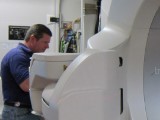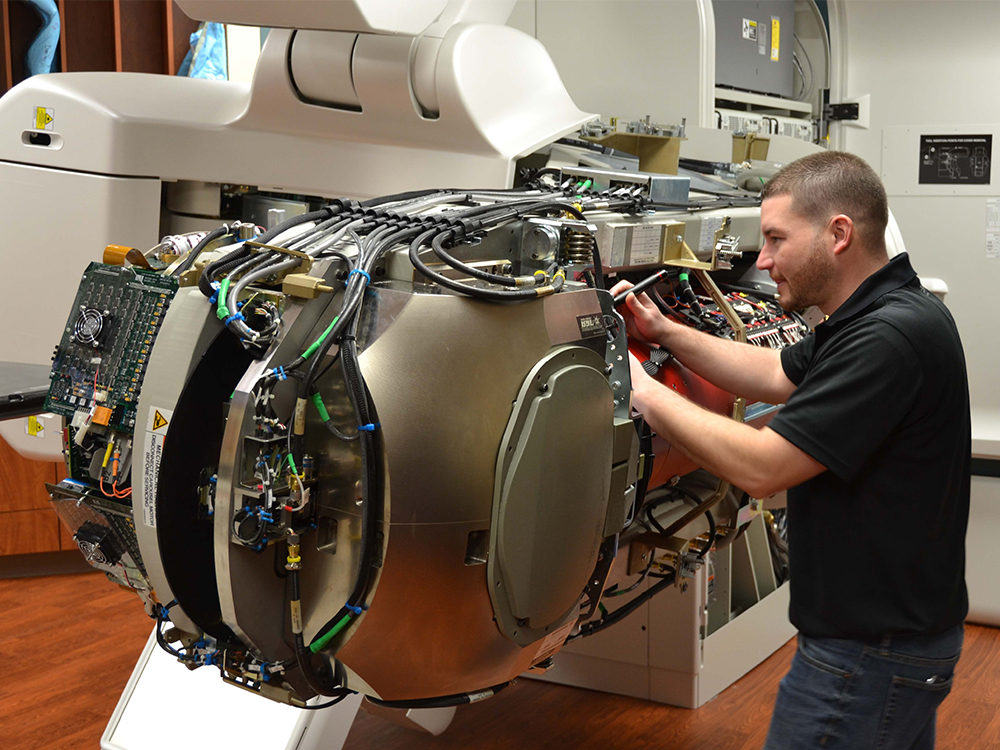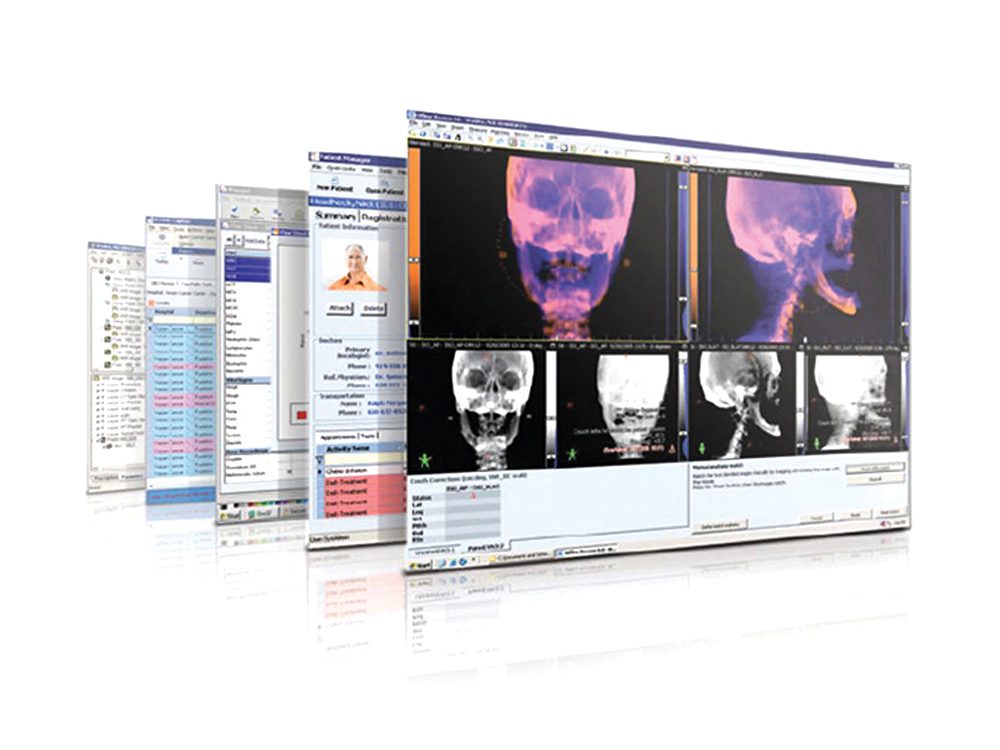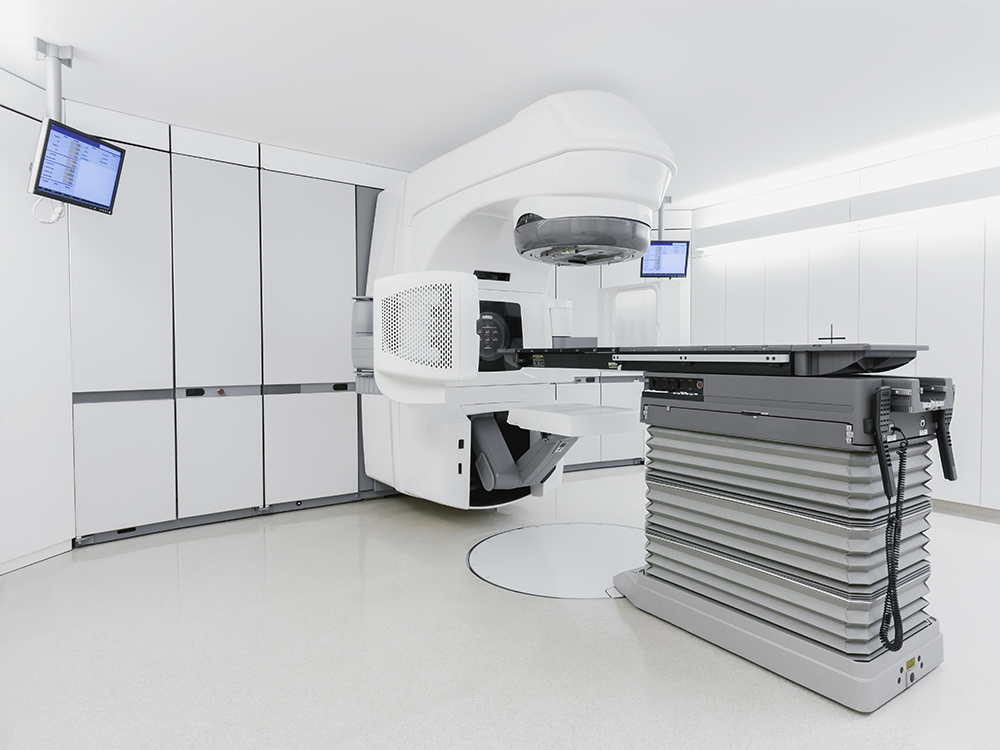3 Strategies For Reducing Oncology Costs While Maintaining Quality
September 26, 2018
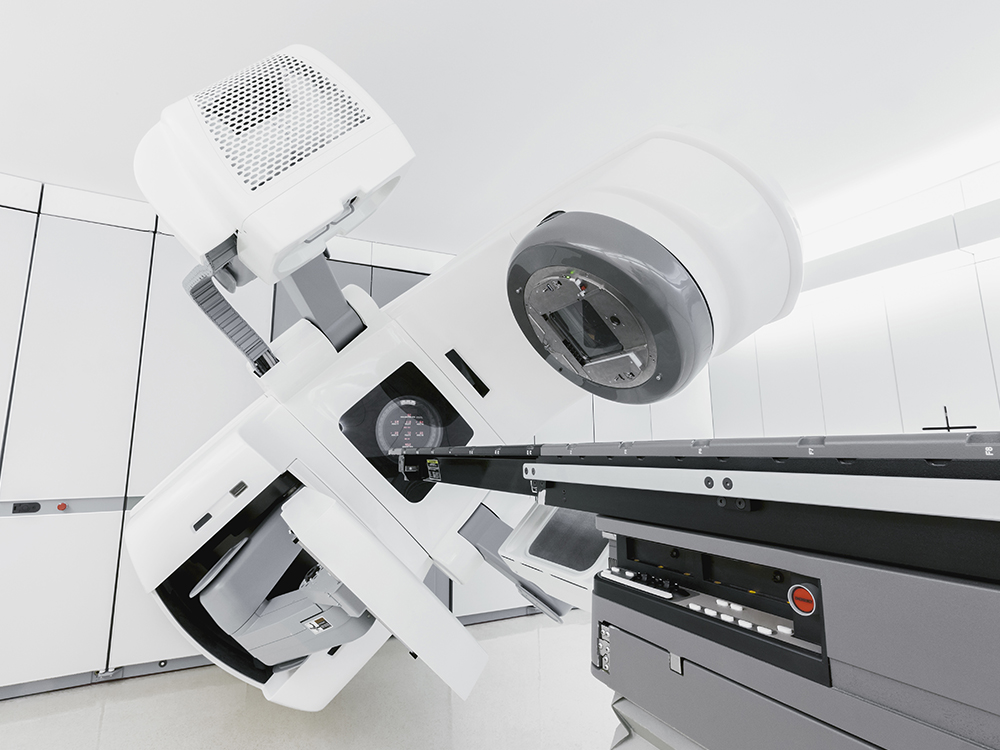
As the healthcare industry seeks to cope with increased regulations, lower reimbursement, shifting payment models and new competition, organizations are seeking new strategies to reduce expenses without impacting the delivery and quality of care.
In the field of radiation oncology, where the cost for leading-edge equipment easily runs millions of dollars, it’s imperative to seek ways to cap costs and reduce expenditures.
1) Curtail Equipment Expenditures
Recent technology advancements in radiotherapy have improved safety, allowed more precise treatments and streamlined workflow. This can create a competitive advantage for your facility, but doesn’t necessarily reflect the realistic mandates of day-to-day treatment needs.
An alternative to investing in a new system is to examine the possibility of purchasing a New linear accelerator. This can be a particularly attractive alternative if you match it with a similar model that is already in use at your facility. This allows you to leverage the knowledge base and training of your treatment team while reducing the adoption time for a new technology. A New linac can offer the same performance and reliability as a new model if you choose the supplier wisely. Generally this will be an independent service organization (ISO) that specializes in radiology equipment and service.
Questions you should ask prior to purchasing include:
- What is their refurbishment process? What parts are tested?
- Will this equipment perform to the original manufacturer’s specifications?
- Does it include a warranty or guarantee?
- Will the organization also perform installation?
- What is their experience with this model?
- Do they have a radiation test cell, and will they do full beam testing prior to installation?
- What is their industry reputation? Are they willing to put you in touch with other customers?
2) Keep Your Existing Equipment Longer
Postponing capital expenditures allows you to funnel more funds into your medical team, facility and patient care. Regularly updating your software, adding equipment that expands the treatment capabilities of the system and ensuring your maintenance is up-to-date are tasks that can help keep your equipment operating longer.
One thing that you cannot afford to skimp on is meeting manufacturer’s requirements for maintenance. At the end of 2013, the Centers for Medicare and Medicaid Services (CMS) released a directive that allowed hospitals to adjust maintenance, inspection and testing frequency on much of their equipment. However, the memorandum specifically called out imaging and radiologic equipment as exempt from deviations and stated hospitals must comply with manufacturers’ recommendations.
The Medical Imaging and Technology Alliance (MITA) pushed hard for the exemption, pointing out that “manufacturer-recommended maintenance standards are developed as part of the Food and Drug Administration’s clearance process for medical devices, and the standards are continually reviewed and updated throughout the product life cycle to ensure the equipment is serviced appropriately.”
With that caveat in mind, it’s important to ensure your equipment is being serviced by someone who has been appropriately trained on a particular model. If you have an original equipment manufacturer (OEM) service contract, turnover in their service team can mean the person working on your equipment is new to the organization and hasn’t received training on previous product releases.
3) Consider an ISO for Maintenance and Service
While a major equipment purchase will draw extensive scrutiny, an underlying expense such as ongoing maintenance can be overlooked when seeking cost savings. Often a maintenance contract is just another piece of paper signed during the purchase process that can end up locking you into an expensive service relationship.
Historically, choosing an OEM for service has been a safe choice; however as healthcare organizations seek to reduce costs, the selection process isn’t as simple. An ISO can offer substantial cost savings while ensuring you have the quality performance and uptime you – and your patients – need.
Most new equipment purchases include a warranty, which is beneficial from a cost standpoint. However, it is important to ensure that you have the ability to move your service contract to an alternative service provider at the end of the warranty period. Warranties that guarantee uptime by providing credit on future service or parts may not be to your advantage.
In addition to cost, one reason some facilities select an ISO for service is their ability to provide service and maintenance for the multiple brands that typically are found in a radiation center or department. By selecting an ISO with a wide range of experience, you have the benefit of a single source for support and billing while still having skilled technicians work on your systems.
The availability and pricing for replacement parts is another important consideration when making your selection. While it’s expected that a manufacturer will have parts readily available, this may not always be the case, especially if you have an older system. It’s also important to determine how many parts they actually have in stock, rather than “available.” Having easy access to parts is critical for fast turnaround on repairs.
Questions to ask when selecting an independent service organization include:
- What is their anticipated response time for your facility? Is there a nearby center that can verify response times?
- Is there an uptime guarantee?
- Do they offer 24/7 support? What is the availability of service engineers? Will there be separate travel charges, and if so, how much?
- What is the training process for service engineers? Are they OEM trained? Does the ISO offer additional training?
- Do you have the option to choose between new or certified pre-owned parts?
- Does the ISO perform testing and calibration according to OEM guidelines? Can they produce documentation and service history to ensure compliance?
- Do they offer a range of contracts and flexible pricing? What are the contract prices and hourly rates?
- How long has the ISO been in business? Do they understand their FDA and state obligations as a vendor?
Summary
As hospitals and radiation oncology treatment centers seek to reduce expenses and maximize the value of their existing resources, many are re-evaluating the lifespan of current equipment and considering the purchase of New systems. When combined with the substantial savings and additional benefits of engaging with an ISO for service and maintenance, the healthcare provider can be assured that a careful selection will result in both lower costs and higher satisfaction.

